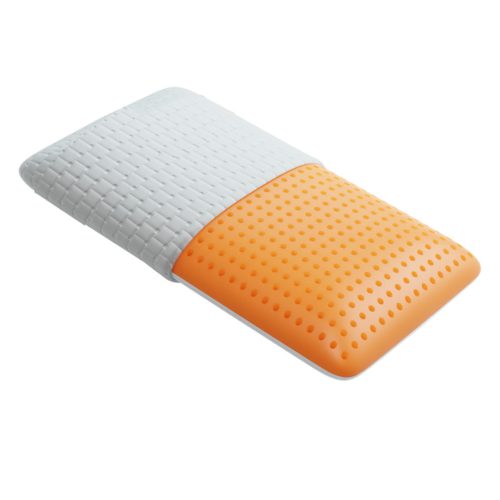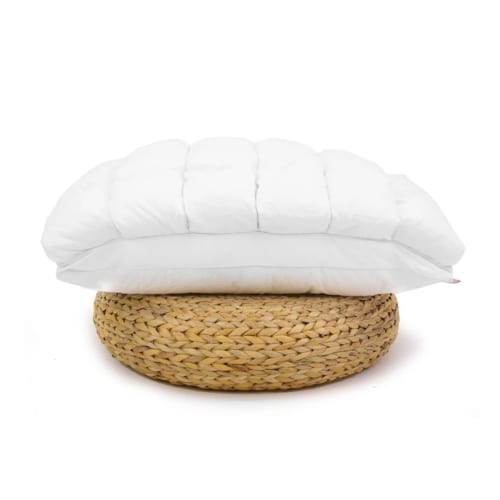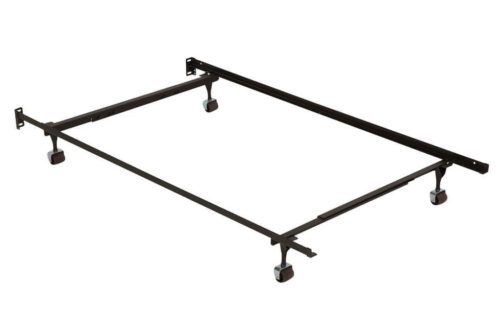
A quality mattress is a significant investment in your health and well-being. Sleeping on a worn-out or unsupportive mattress can lead to a host of problems, including back pain, poor sleep quality, and increased stress levels. If you’ve ever wondered, “How often should I buy a new mattress?” then this comprehensive guide is for you.
Understanding the Lifespan of a Mattress
The longevity of a mattress varies greatly depending on its type, usage, and care. Generally, a mattress can last anywhere between six to ten years. However, it’s not as straightforward as simply setting a reminder to replace your mattress every decade. There are numerous factors that can influence the lifespan of your mattress.
Factors Influencing Mattress Lifespan
Mattress Material
The materials used to manufacture your bed greatly influence its durability. Lower-quality innerspring and all-foam mattresses tend to have the shortest lifespans, as they are prone to sagging and body impressions respectively. On the other hand, latex mattresses are the most durable, often lasting upwards of eight years.
Maintenance & Care
Like any other product, a mattress will last longer if you take good care of it. This means rotating your mattress every 3 months or so (unless the manufacturer recommends otherwise) and utilizing a mattress protector.
Sleeper Size & Weight
Your weight, as well as the weight of anyone sharing your bed, also influences the rate at which the mattress will degrade. Heavier sleepers will find that mattresses may sag quicker, while lightweight sleepers will have less of an impact.
Children & Pets
If you share your bed with small children, or with animals, it’s likely that you will need to replace your mattress more frequently. In addition to the extra weight, both pets and children are more likely to cause stains and/or damage to the mattress.
Signs You Need A New Mattress
While looking at the age and type of your mattress can give you a general idea of its expected lifespan, there are also several tell-tale signs that it might be time for a change.
Your Mattress Is Sagging
If your mattress is starting to sag, it’s an obvious sign that you might need a new mattress. Sagging can occur when the coils in a mattress start to weaken or the memory foam begins to lose its shape.
Your Mattress Makes A Lot Of Noise
Squeaking sounds and screeching metal sounds might be a sign that your mattress should be replaced. This mostly applies to mattresses that feature coils.
Your Mattress Has A Bad Smell
A mattress will absorb dead skin, body oils, and moisture, which can lead to the growth of mold and mildew. Black spots or moldy or musty smells are a sure sign that you should replace your mattress.
Your Mattress Aggravates Your Allergies
An increase in symptoms related to allergies or asthma is another sign that you should replace your mattress. No matter how often you vacuum and clean your mattress, it will absorb dead skin, body oils, and moisture, which in turn attract dust mites.
You Consistently Wake Up Stiff and Sore
A quality mattress helps you get a better night’s sleep and contributes to your overall health by supporting your body and helping keep your spine aligned. If you are waking up stiff and sore, with unexplained aches or pains in your back, sides, neck, knees, or shoulders, it is a sure sign that your mattress needs to be replaced.
You Don’t Feel Rested After Waking Up
If you spend all night tossing and turning, and then wake up feeling tired and groggy, it may be due to an aging mattress. Saggy mattresses are particularly notorious for getting between you and a good night’s sleep.
You’ve Experienced a Significant Change in Weight
The weight of the people sleeping on a mattress has a considerable impact on the average longevity: Heavier people tend to wear out a mattress faster. As well, a significant weight gain or loss can change the way your mattress adjusts to your sleeping position, and this, too, will affect the lifespan of your mattress.
Your Mattress Noticeably Sags
Over time, your mattress will naturally begin to conform to your body weight and sleeping position, but large valleys, dips, grooves, or sagging areas that prevent you from achieving proper spinal alignment are a sign that you should replace your mattress.
Different Mattress Types and Their Durability
The lifespan of your mattress is greatly influenced by its type. Here’s a quick rundown of the common types of mattresses and their expected lifespans:
Memory Foam Mattresses
Memory foam mattresses are known for their body-conforming properties and deep compression support. A memory foam mattress made of quality materials with a thick, supportive density can last for up to 10 or 15 years.
Innerspring Mattresses
Innerspring mattresses usually last from five and a half years to 10 years. But they can last even longer than that if they’re cared for, kept clean and, if flippable, turned over regularly.
Hybrid Mattresses
Hybrid mattresses combine foam and innerspring coils, providing a nice level of durability if their coil system and base foam materials are of a high quality. They’re known to last from six to seven-and-a-half years on average, although they can last longer if treated well.
Latex Mattresses
Latex mattresses tend to be long-lasting, which helps customers to accept their frequently higher price tags. While they can last as few as eight years, they often come with lengthy warranties of up to 25 years.
Airbeds
Airbeds come with customizable air chambers, made to adjust for personal comfort either all over as one or separately on both sides. Some even come with handy remote controls for this purpose. While they’re pricier than other options, they are also known for their quality materials and durability, lasting on average a minimum of eight years.
How to Extend the Life of Your Mattress
While the lifespan of a mattress is influenced by factors like the type of mattress and the weight of the sleepers, there are also steps you can take to extend its life.
Use a Mattress Protector
Using a mattress protector can help protect your mattress from stains, spills, and allergens, thereby prolonging its lifespan.
Proper Maintenance
Regularly rotating your mattress can prevent sagging and uneven wear. Also, cleaning your mattress on a regular basis can prevent the buildup of allergens and extend its lifespan.
Limit Pets and Jumping on the Mattress
Pets can cause damage to the mattress, and children jumping on the bed can lead to a breakdown of the support structure. Limiting these activities can help prolong the life of your mattress.
Proper Support
Ensure that your mattress has the correct foundation or base to support it. Some mattresses, such as traditional innerspring models, require a box spring, while others, such as memory-foam or latex-foam mattresses, are denser and heavier, and require a solid foundation or platform.
The Bottom Line
Knowing when to replace your mattress is essential for maintaining good sleep health. While the average lifespan of a mattress is between six to ten years, be sure to keep an eye out for the signs of wear and tear mentioned above. Remember, investing in a quality mattress is an investment in your health and well-being. Don’t compromise on sleep – if your mattress is no longer providing the comfort and support you need, it’s time to consider a replacement.







